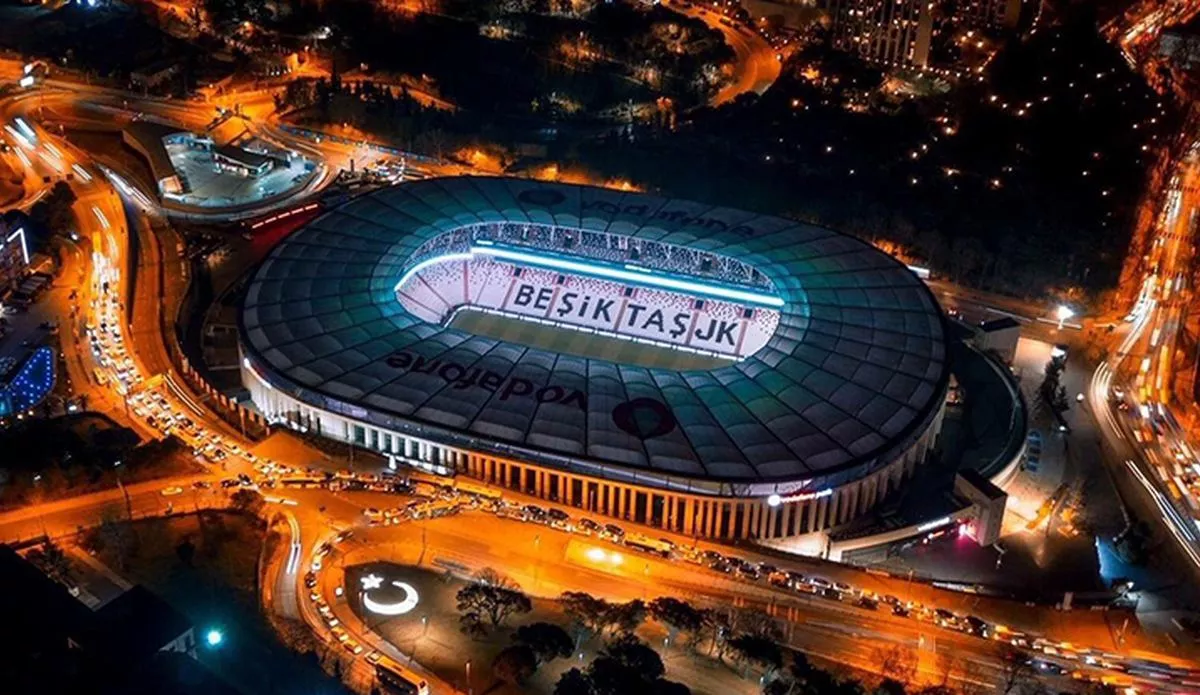PTFE
PTFE
PTFE fiberglass membranes are used in climates ranging from cold weather to scorching desert heat, with a project life in excess of 30 years. PTFE fiberglass lining is chemically inert and can withstand temperatures from -100°F to +450°F (-73°C to +232°C). The material’s low surface free energy creates a surface that is easily cleaned by rainwater. It is also fully protected against UV degradation. PTFE coated fiberglass membrane passes ASTM E-136/Class A (Substrate Flammability) as non-combustible. This unique combination of inertness, thermal stability and surface properties makes the PTFE coated fabric membrane ideal for projects requiring superior weather and fire resistance.
During scientific tests of solar energy properties, it was discovered that PTFE fiberglass membranes reflect 73 percent of solar energy and retain only seven percent on their outer surface. Some grades of PTFE fiberglass can absorb 14 percent of solar energy, while allowing 13 percent of natural daylight and seven percent of re-radiated energy (solar heat) to pass through. PTFE’s fiberglass yarns maintain an ultimate tensile strength of 500,000 PSI and a modulus of elasticity of 10.5 x 106 PSI compared to steel, which offers 40,000 PSI and 29 x 106 PSI, respectively. Under normal conditions, the fabric behaves elastically and shows no significant stress relaxation or creep. Woven fiberglass gives the PTFE fiberglass membrane its mechanical strength. These filaments, known as beta glass, are the smallest diameter available and give the membrane maximum flexibility. The fibers are drawn into continuous filaments through platinum molds from hot-melt glass and then twisted and folded into yarn bundles. The yarns are woven into a wide structural fabric that is then coated with PTFE glass fibers to complete the process. The key element that distinguishes PTFE fiberglass membrane from traditional glass is its advantageous shading coefficient. As lighting levels increase, even colder climates can achieve overall energy savings by using PTFE fiberglass membrane. In very hot climates, even low lighting levels make PTFE fiberglass membrane energy efficient compared to conventional systems.

PTFE Material Suppliers:
We source raw materials from the best membrane manufacturers in the world to ensure quality for our customers.
- Fiberflon
- Verseidag
Based on its outstanding expertise in weaving and coating, Verseidağ Coating & Composite can meet many different customer demands by creating tailor-made solutions for all kinds of markets with great innovation power.
- Saint Gobain – Sheerfill
Contact us for more information:
https://www.etnayapi.com/en/contact/


